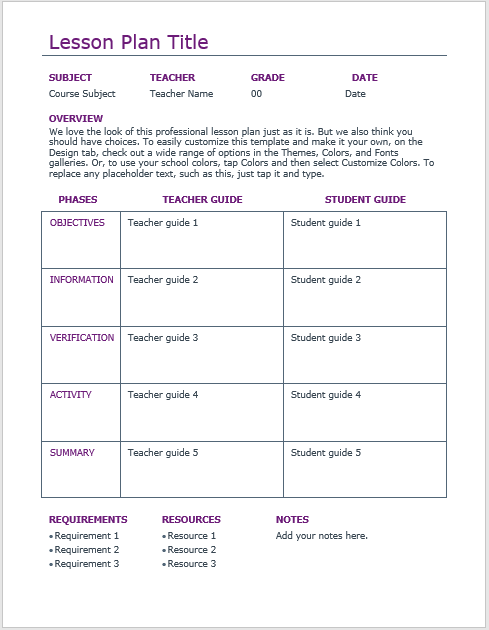A Daily Schedule Template is a very important tool to help you manage your daily office or home activities. The daily schedule is actually a structure of the daily priorities of your daily routine tasks. It helps you to define your tasks and enlist them according to your available time and needs. Usually, anyone can prepare a daily schedule to manage his time, and is usually made ahead of time.
Usually, you plan all these activities in advance. However, it should be flexible enough that it can accommodate any changes within that schedule without altering the whole plan. Therefore, it means that for every specific person there is going to be a specific daily schedule.
The daily schedule is important for every person belonging to any age group. As it is just like a timetable for that person for his daily work and tasks assigned to him. The daily schedule is going to help them organize their time and manage their work in the best possible manner. The daily schedule is a guideline for a person who is willing to make maximum out of time. One of the biggest advantages of the daily schedule is that it is going to help out even the slow workers with the pace of time if they are able to manage their daily work accordingly.
Free Daily Schedule Templates
Here is a preview of a Daily Schedule Template that can help you manage your day-to-day tasks effectively.
The purpose of the daily schedule is filled only in the best way when a person himself realizes what he needs to do and what will be the suitable time to do that work. The time division is an important job to be done carefully because all your success of the daily schedule and your daily routine depends upon the allocation of the exact times to all the jobs as per their needs but in case there are some false time calculations then it is going to effect the whole schedule badly.
The daily schedule may be of different types. Sometimes if a person is repeating the same job over and over again, then he needs to formulate a regular daily schedule. Such a regular daily schedule is most common with youngsters. They plan their studies and other co-curricular activities side by side. On the other hand, some daily schedules have different tasks for each day. People manage such schedules in advance and on a regular basis. These are more or less common with the higher authorities, job-carrying individuals different managers, etc. who have to go for a new routine on a daily basis but still, that should be managed properly.
More Daily Schedule Templates
Here is a preview of another Schedule Template in MS Excel Format.
The daily schedule can be made by keeping the dates, timings, and tasks to be done in different columns and rows along the table as shown in the figure. It should be updated at regular intervals for any changes involved.
Market Best Practices for Daily Schedules
Creating effective daily schedules in market-oriented environments is about accuracy, flexibility, and a synchronization with business rhythms. Schedules must provide for optimal work placement in real time, with consideration for the customer service demand and operational flow. The outstanding practitioners in this field have found that a well-executed daily schedule can dramatically enhance productivity, reduce labor costs, and impact the customer experience for the better. Through the adoption of best practices in daily scheduling, businesses have made themselves most able to respond in a timely fashion to various challenges and retain their competitive edge.
Understanding the Importance of Daily Scheduling in Market Operations
In fast pace business environments like retail stores, restaurants, logistics, and service-based operations, daily scheduling is significant to maintain continuity as well as customer satisfaction. Unlike the weekly and monthly plans, daily schedules enable business organizations to react quickly to changes in customer traffic or employee availability or operational requirements all in real time. This very granular adaptivity helps companies to manage under- and overstaffing situations, promote cost efficiency, and please customers. In thin-margin markets that heavily rely on foot traffic and customer flow, good daily structuring becomes more than a luxury; it is really a necessity.
Aligning Daily Schedules with Peak Operational Hours
One of the most effective strategies in daily scheduling is aligning employee shifts with actual business flow. This requires analyzing customer behavior, sales data, and service volume to identify peak hours throughout the day. For example, retail stores may see higher footfall during lunch breaks or evenings, while cafés might be busiest during early morning hours. Staffing should be aligned accordingly, with experienced employees scheduled during these high-pressure windows to maintain service standards. This data-driven approach ensures resources are used where they are most needed, minimizing idle time and enhancing productivity.
Flexibility and Real-Time Adjustments
Daily scheduling frontrunners also see the worth of flexibility. They will employ the system that provides the means to effect swift changes if plans go awry. Operations can be derailed by staff call-outs, sudden spikes in demand, or delay in the supply of materials. The successful companies plan for these eventualities by keeping a contingent workforce or having scheduling tools that cater for instant changes and shift notifications. This level of agility keeps a business flowing without undue strain and confusion regarding staffing.
Promoting Team Communication in Daily Scheduling
Any communicated schedule is as good as the schedule itself; without proper communication, it is as good as nonexistent. At the very beginning of each day, an employee needs to know what he/she is expected to do when and where. Centralizing information through mobile apps or a digital dashboard will give every team member an idea of when and where he/she is required. With this proactive communication, one can eliminate absenteeism, misconceptions, and build a more responsive workforce ready to tackle the day’s tasks.










